
views
What is resting sad face?
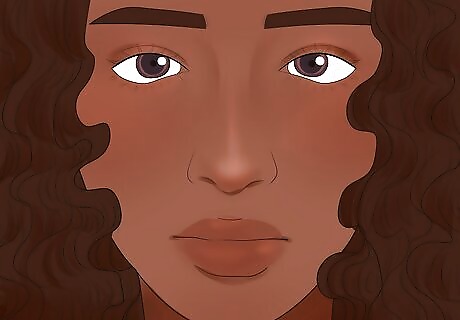
Resting sad face is an unhappy default facial expression. Most of the time, you’re probably not super aware of what your face is doing. For some people, their face tends to look sad, weary, or depressed by default, even when they’re not trying to look like that, or not even feeling those emotions. That’s what’s known as “resting sad face.” Resting sad face can look different for different people. Some people unknowingly frown, while others knot their brows or make their eyes wide. Expressions come in all forms. Other features include droopy eyes, a “long” face (where your mouth is distant from your nose and eyes), raised inner eyebrows, and wrinkles in the forehead.
What causes resting sad face?
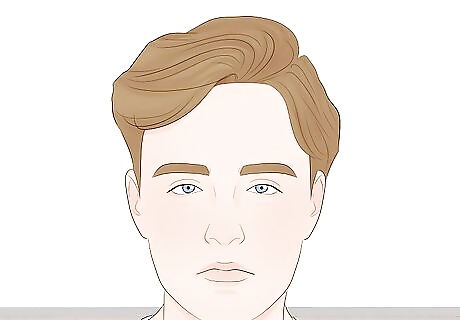
Resting sad face is usually caused by your face’s natural shape. Which is to say that nothing really “causes” RSF, and there’s nothing “wrong” with you if you happen to have it. It’s usually just a coincidence that your facial features—like a downturned mouth, droopy eyes, or wrinkles around your nose—happen to look “sad” to other people. A good comparison is the character Eeyore from Winnie the Pooh. He’s not always sad, but he’s designed to look that way, so we assume he is. RSF can also be caused by aging and the way the face naturally sags over time, which can alter its default expression.
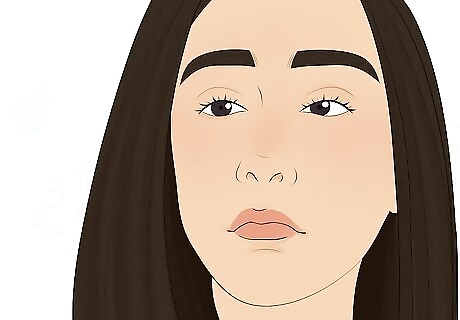
Resting sad face may be caused by your personality or culture. Some people just don’t emote as much as other people, so their faces might be seen as “flat” or “sad” to others. It’s also a gender issue. Studies show that women with neutral expressions are more likely to be seen as angry or disappointed, and thus more likely to be seen as having RSF. Your culture also might play a part, as different cultures and traditions have different ways of expressing emotions, which might be lost in translation. For example, in some cultures, emoting dramatically isn’t very common, so when someone from that culture visits another culture, they may be seen as stiff, angry, or even sad. Also, if you’re a naturally downbeat person, that can manifest in your face. Or, you may occasionally have RSF if you’re feeling worried, sad, or depressed.
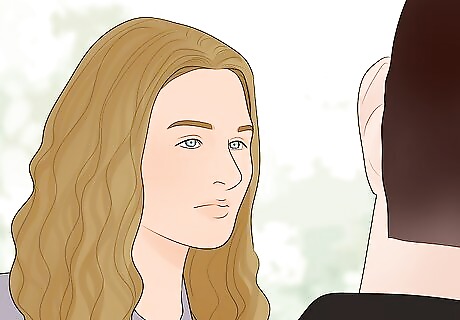
Resting sad face has more to do with other people than with you. Your face is just your face. But how that facial expression is interpreted is up to other people, and sometimes out of our control. As humans, we learn from a very young age to interpret others’ emotions using various cues, including facial expressions. If someone tells you that you have RSF, it’s because they’re interpreting your face as sad, whether or not that’s true.
Having a More Pleasant Facial Expression
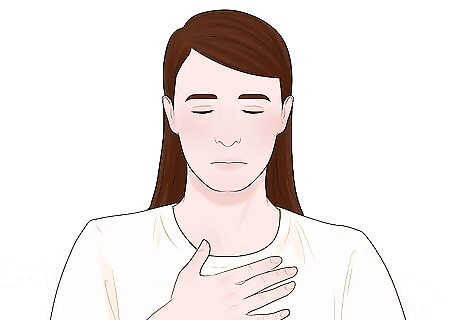
Take a few deep breaths to relax your facial muscles. Throughout your day, take a few moments to close your eyes, inhale for 10 seconds, then exhale for 10 seconds. This relaxes your muscles and “resets” your expression. Licensed clinical psychologist Philip Glickman, PsyD, also recommends regularly practicing meditation to help keep that composure and relaxed facial posture more consistently. This is especially helpful if your RSF is caused by stress, worry, or other negative emotions.
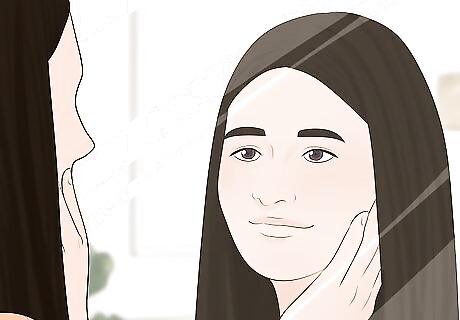
Practice relaxing your face in a mirror. Etiquette coach Jules Hirst tells us that a great way to understand your face and expressions is to look at yourself in a mirror or in a photo or recording. Take a deep breath to relax your face, then examine your expression, or have someone else give their opinion. Then, practice holding your face in a more pleasant expression, like a slight smile. Keep doing this for 5-10 minutes at a time to “train” your face out of RSF. A more “pleasant” facial expression includes a slight smile (like the Mona Lisa), slightly wrinkled eyes, and a relaxed jaw. Subtlety is key; if you’re too animated or dramatic, it may look fake. One simple drill is to relax your eyebrows and put a small piece of tape between them. Wear the tape for 10-20 minutes while attempting not to wrinkle it by moving your brows.
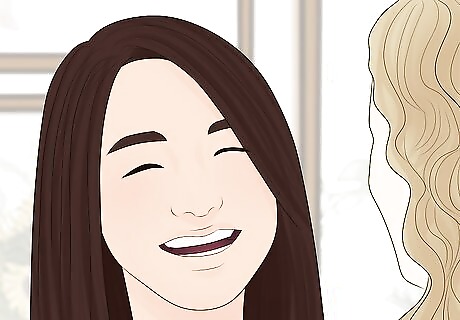
Become a more active listener and communicator to express your emotions. If your natural expression is a little stiff or sad, you may have to work a little harder to let people know that you’re engaged and reacting well to a conversation. One way to do this is through active listening. During a conversation, take extra care to make eye contact, smile when appropriate, and nod to show that you’re listening. Your body language also does a lot of talking. Avoid crossing your arms, and face your torso toward the other person to show you’re engaged and welcoming. This also means you may need to be more direct with your emotions so people know what you feel, like saying, “Thanks for being here, I love to see you,” or, “I’m so excited to see this movie!”
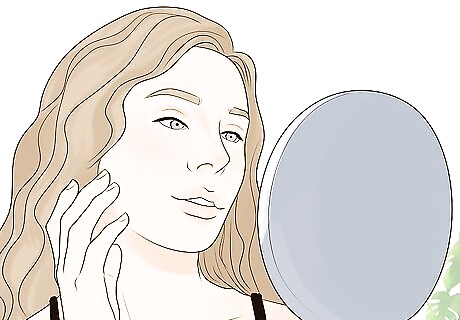
Remember that RSF isn’t something to “fix.” Sometimes, RSF is just how your face looks, and there’s nothing wrong with that. It’s not your responsibility to change yourself to make other people more comfortable. Of course, if you find that it interferes with your relationships or opportunities, you might decide to explore ways to alter your face like we’ve discussed here, but keep in mind that it’s not a health issue, just a societal one.
Resting Sad Face vs. RBF
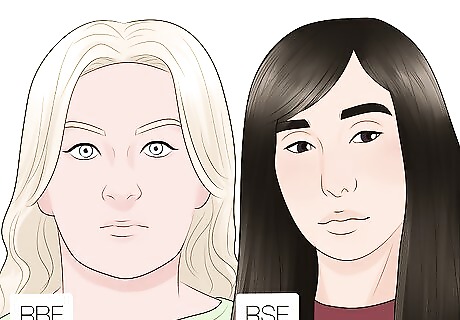
RBF is an angry default expression, while RSF is a sad default expression. The key difference is the emotion of the face. With RBF (resting b*tch face), the face looks naturally angry, annoyed, or aggressive (even when those emotions aren’t being felt). With RSF, the face looks naturally sad, downtrodden, and depressed. They’re both inconvenient, but people’s reactions may be different. For example, people might avoid someone with RBF, but they may show concern or worry for someone with RSF.










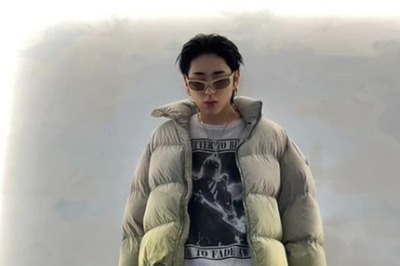

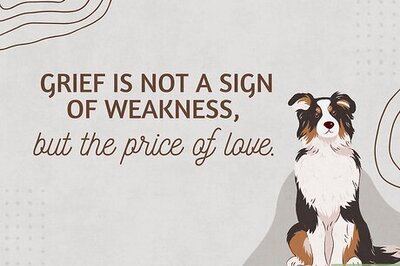

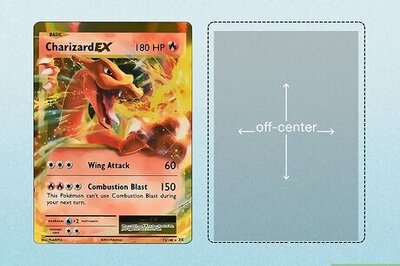
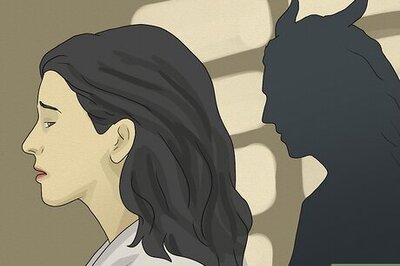
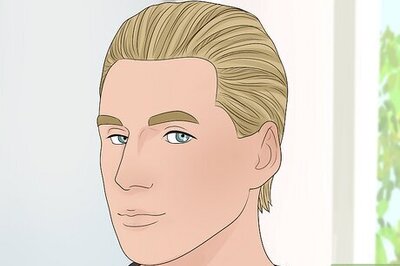

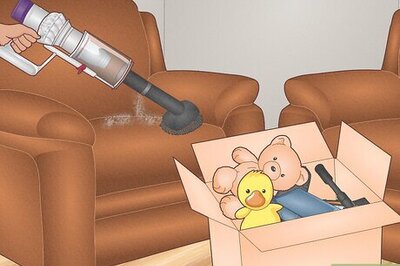
Comments
0 comment